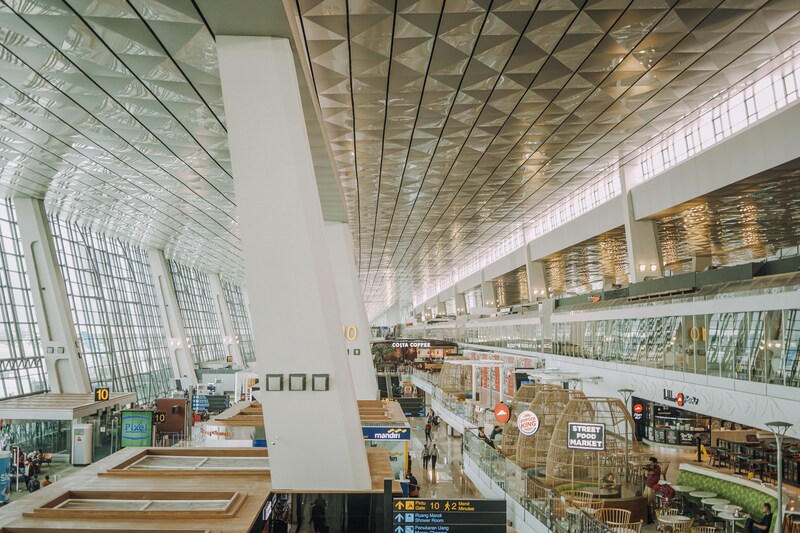Singapore, Kuala Lumpur, and Jakarta lead the rankings as Southeast Asia’s airports experience a surge in passenger numbers, with Bali and Makassar also making the top ten in 2025.
The surge in air travel during the post-pandemic era has reaffirmed Southeast Asia’s position as a key hub for international and regional aviation. From Singapore’s status as a financial and aviation centre to Indonesia and the Philippines as tropical gateways, airports across the region have recorded a marked increase in passenger traffic in early 2025.
According to a report from an aviation-focused blog and news website, aviationa2z.com, which featured passenger volume data from the past few months of 2025, these are the ten busiest airports in Southeast Asia:
Singapore’s Changi Airport secured the top spot with 3.59 million passengers in May 2025. Its strong international connectivity, aggressive post-pandemic recovery strategy, and an extensive airline network, including Singapore Airlines and Scoot, remain its primary strengths, cementing its role as a major transit hub between East and West.
In second place, Kuala Lumpur International Airport (KUL) welcomed 3.23 million passengers, closely followed by Jakarta’s Soekarno-Hatta International Airport (CGK) in third, with 3.14 million passengers. As Indonesia’s main international gateway, CGK is bolstered by a robust domestic network and a notable increase in international arrivals from China and Australia.
Bangkok’s Suvarnabhumi International Airport (BKK) took fourth position with 3.11 million passengers, reflecting the resurgence of Thailand’s tourism sector. Meanwhile, Manila Ninoy Aquino International Airport (MNL) ranked fifth, serving 2.78 million passengers as a key hub for the Filipino diaspora and international travellers.
Vietnam contributed two airports to the list: Ho Chi Minh City’s Tan Son Nhat Airport (SGN) in sixth with 2.24 million passengers, and Hanoi’s Noi Bai Airport (HAN) in seventh with 1.78 million. Both have benefited from rapid tourism growth and the expansion of domestic and regional airlines.
Bangkok’s Don Mueang Airport (DMK), which primarily caters to low-cost carriers, placed eighth with 1.65 million passengers, underscoring its significant role within Thailand’s aviation landscape.
Indonesia featured prominently, with not only CGK but also Bali’s I Gusti Ngurah Rai International Airport (DPS) — the latter placed ninth with 1.31 million passengers. Bali has once again emerged as a favoured destination for international tourists, particularly from Australia, India, and Europe. Airlines such as Garuda Indonesia, Jetstar, and AirAsia have responded by increasing flight frequencies to the island.
Completing the list was another airport based in Indonesia: Sultan Hasanuddin International Airport, Makassar (UPG), in tenth position with 979,000 passengers. While not a primary international gateway, Makassar serves as a crucial hub for Eastern Indonesia, with domestic services largely operated by Lion Air and Wings Air.




